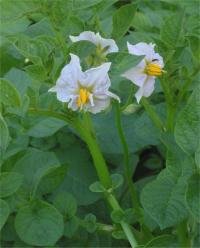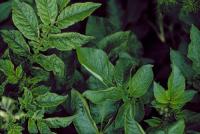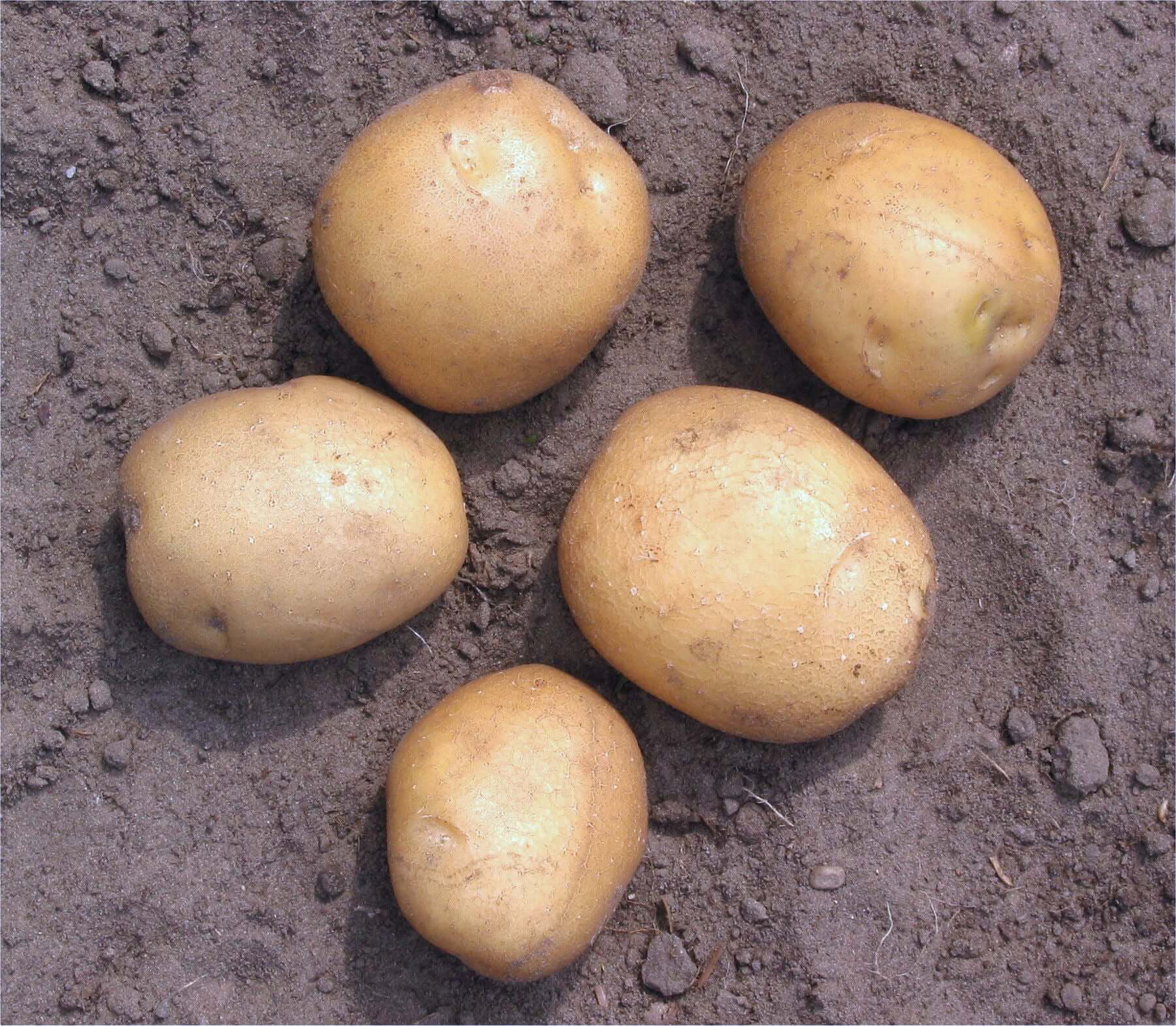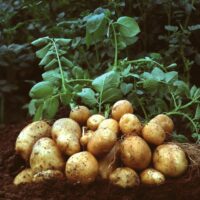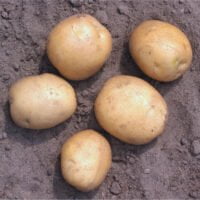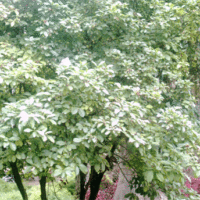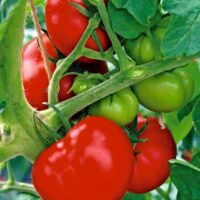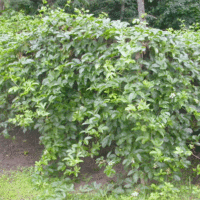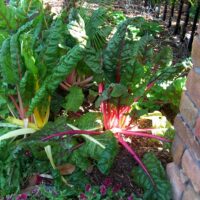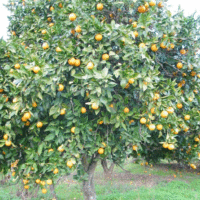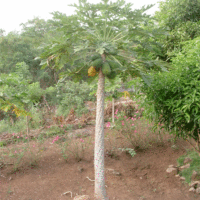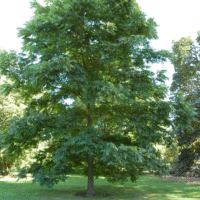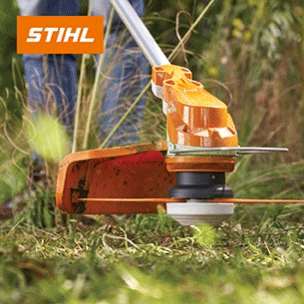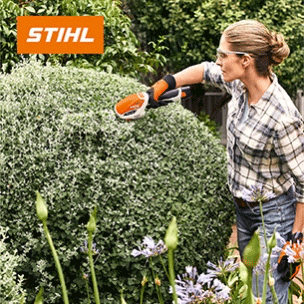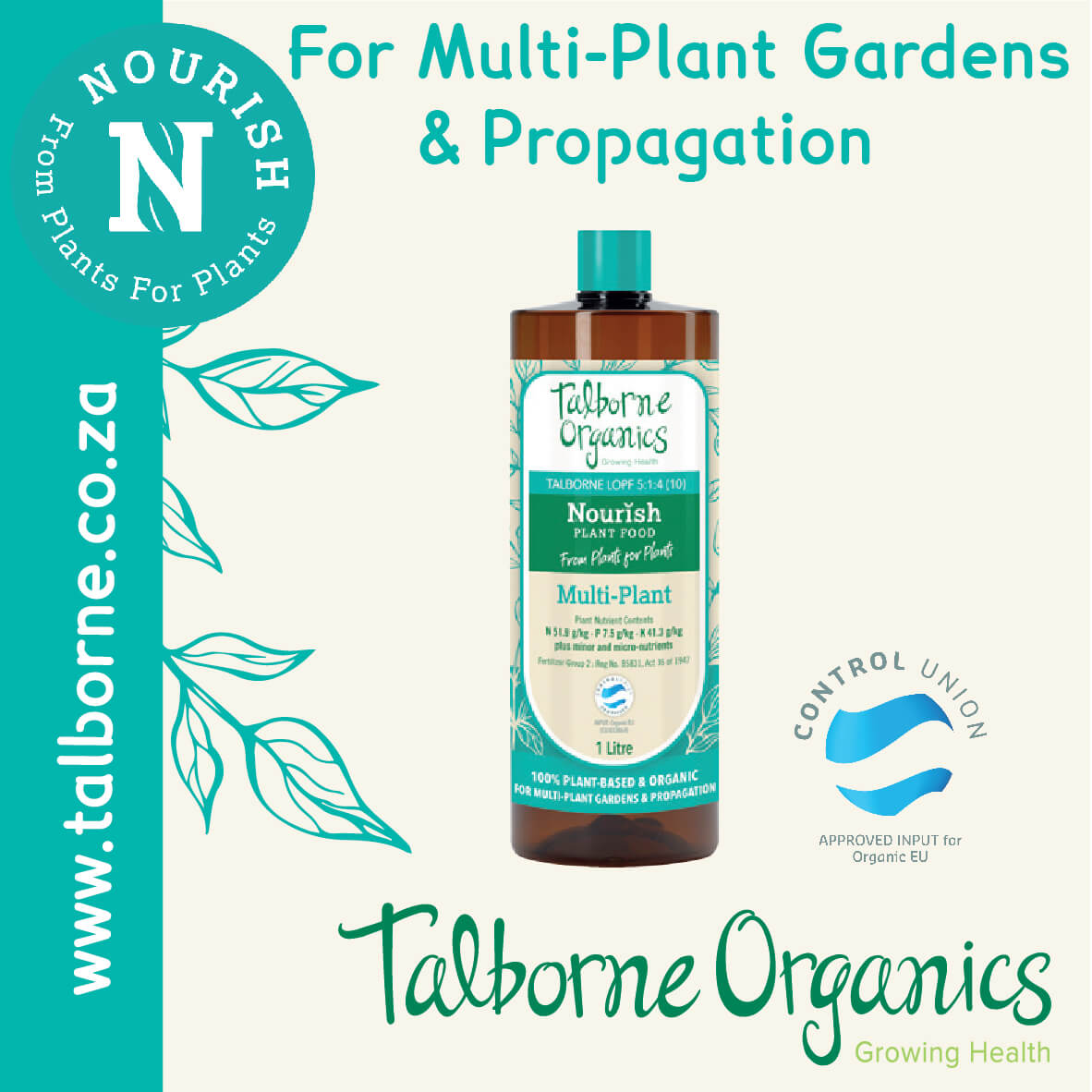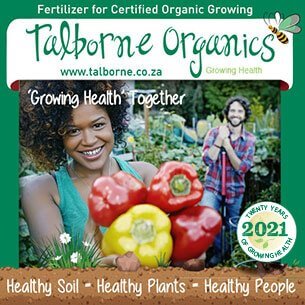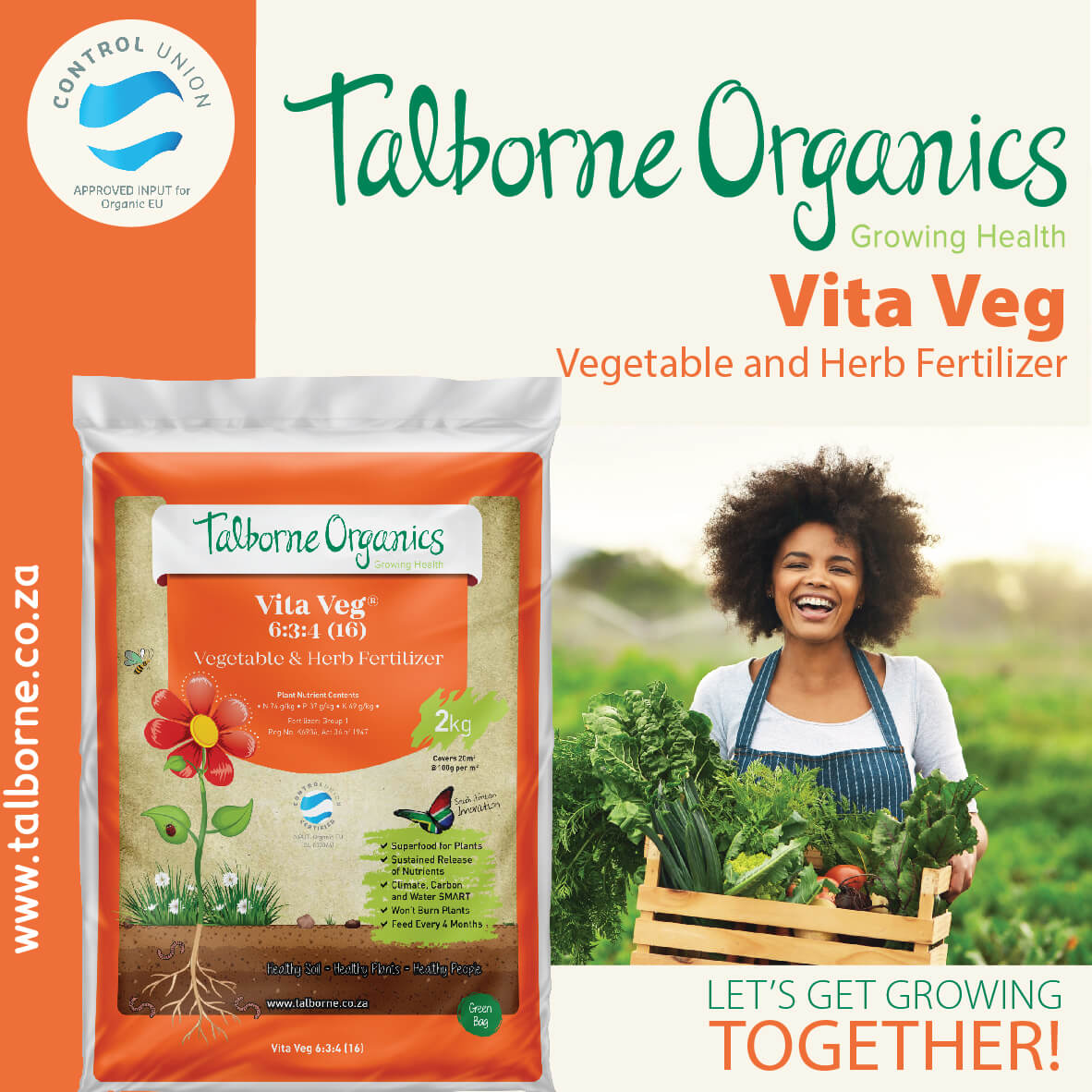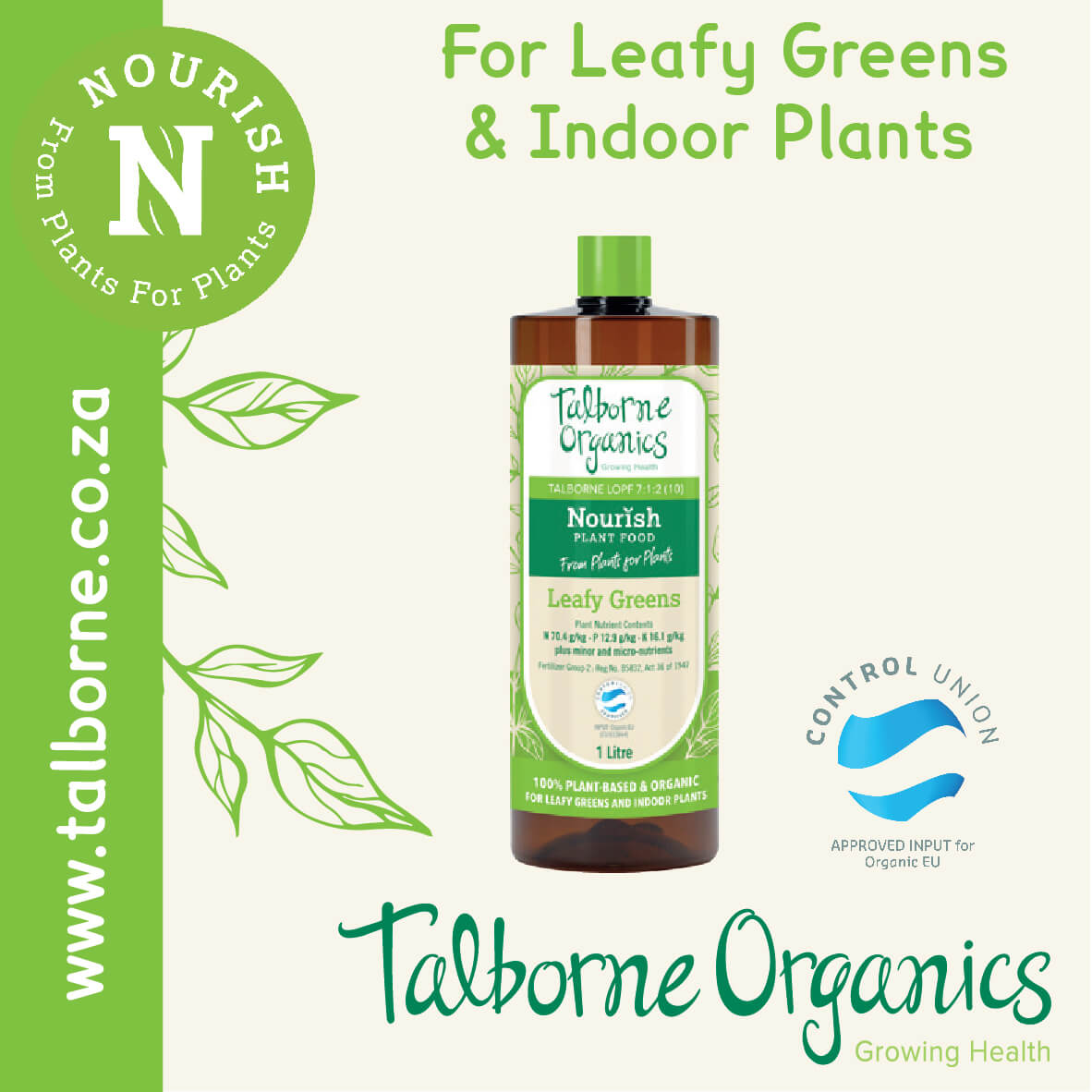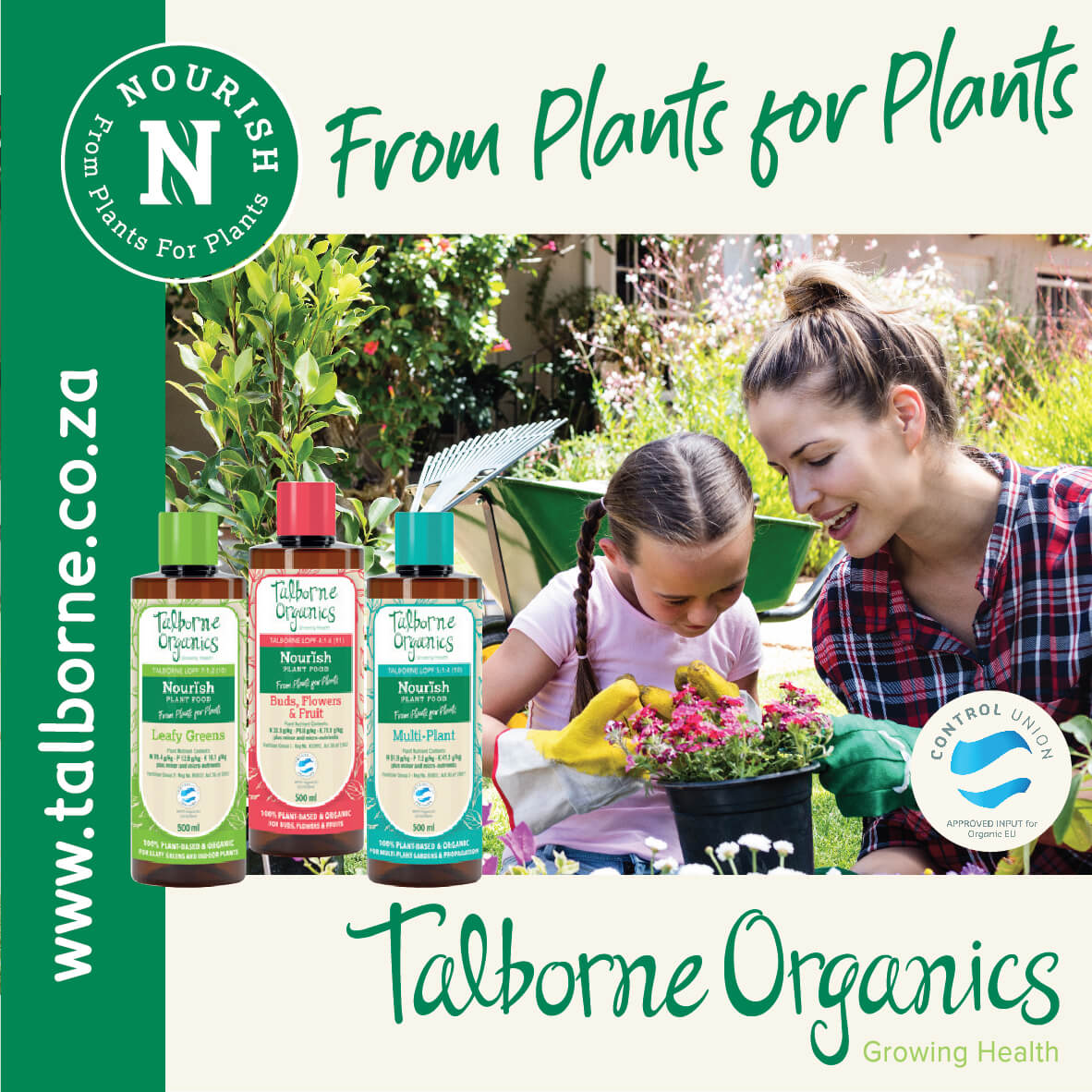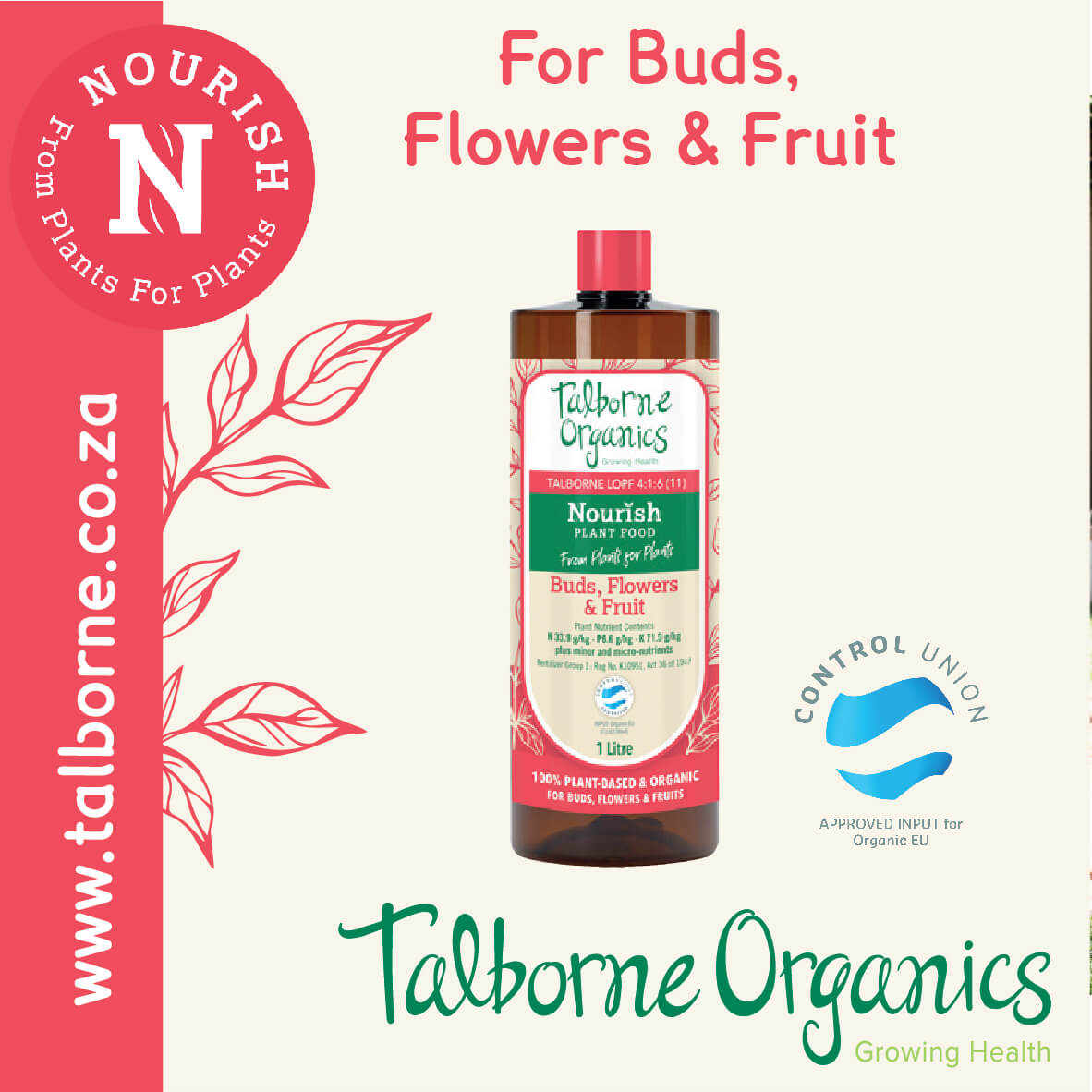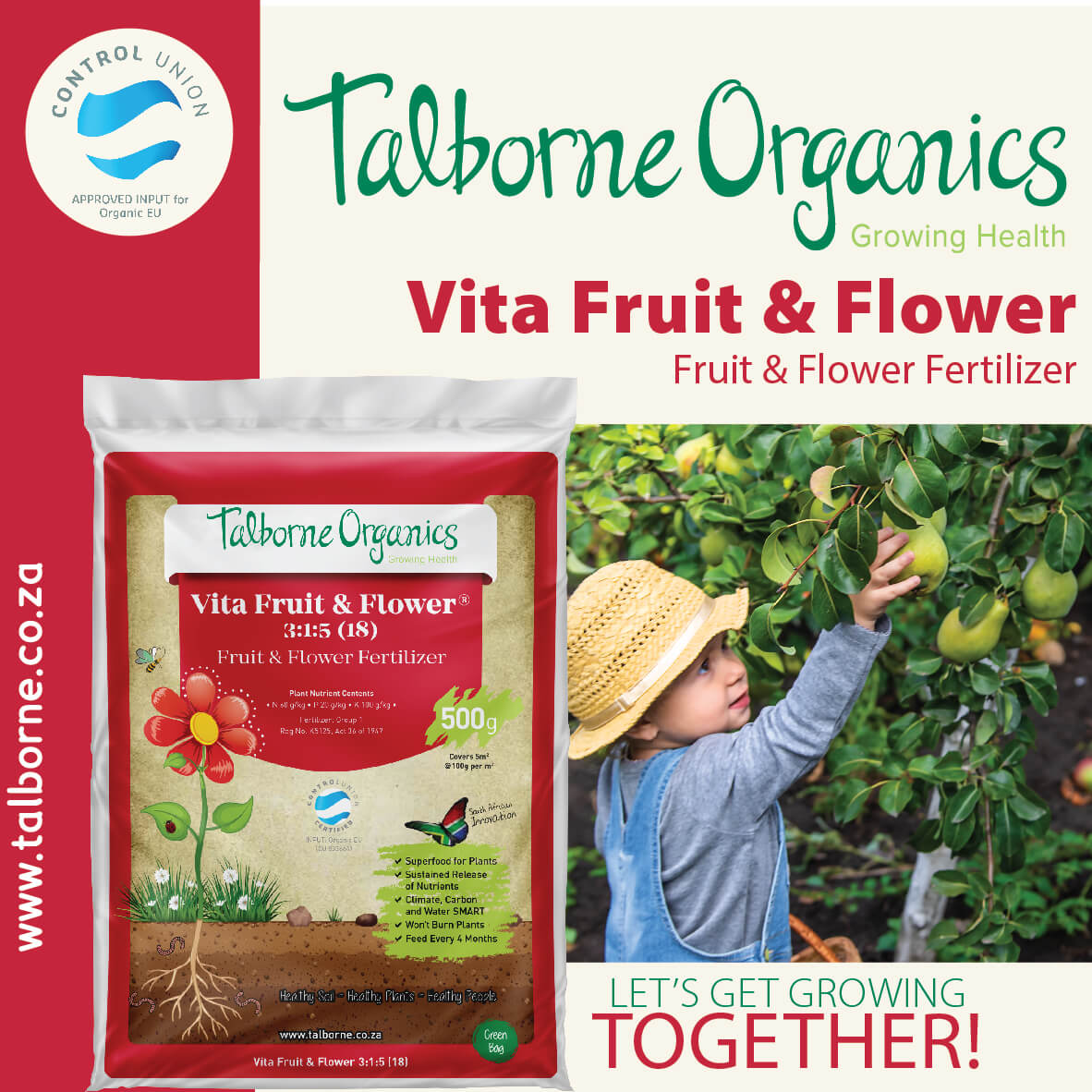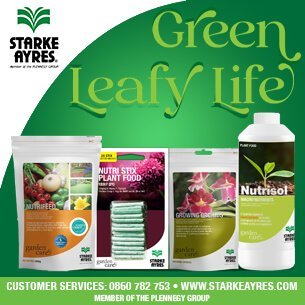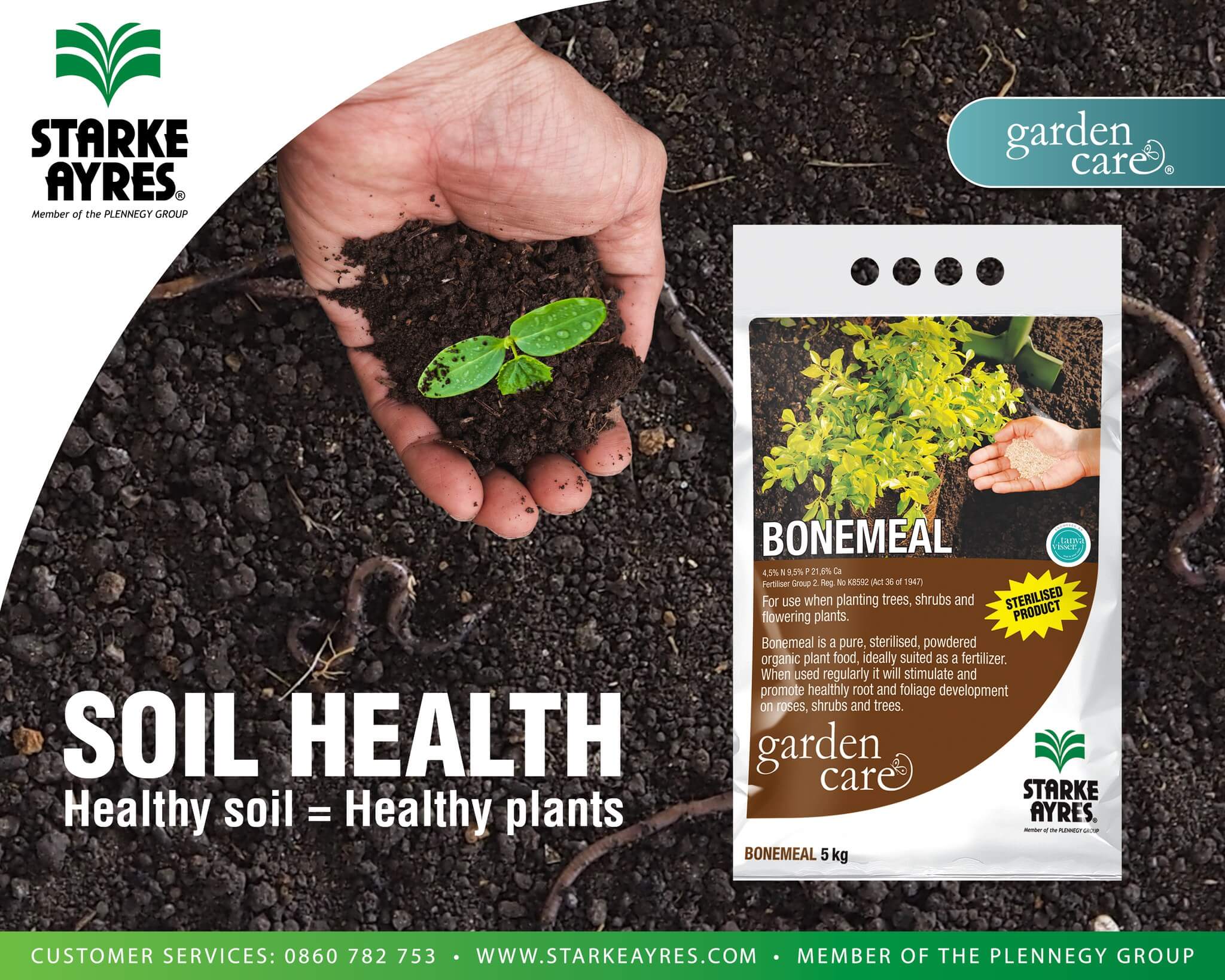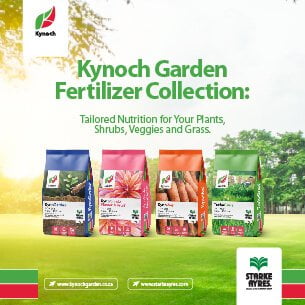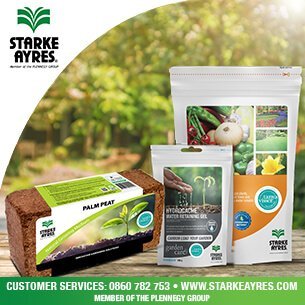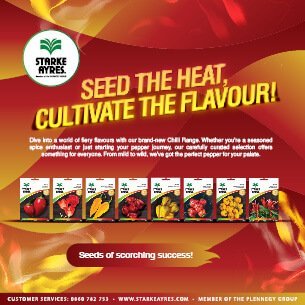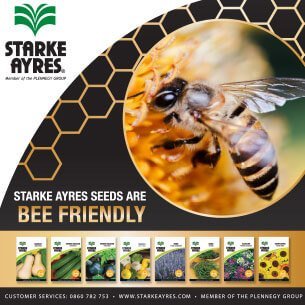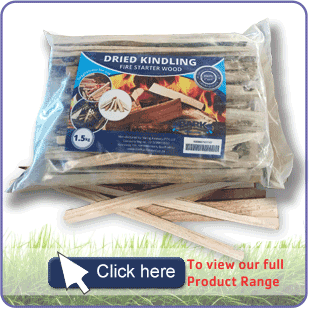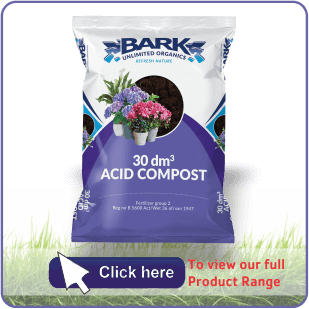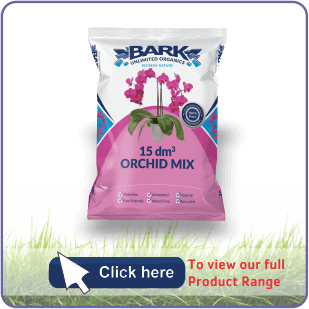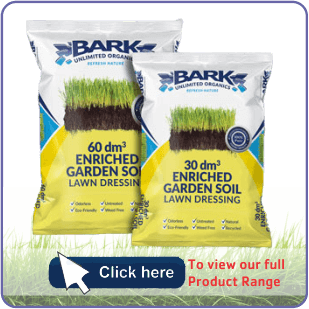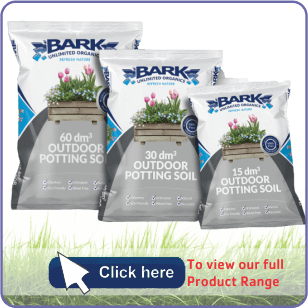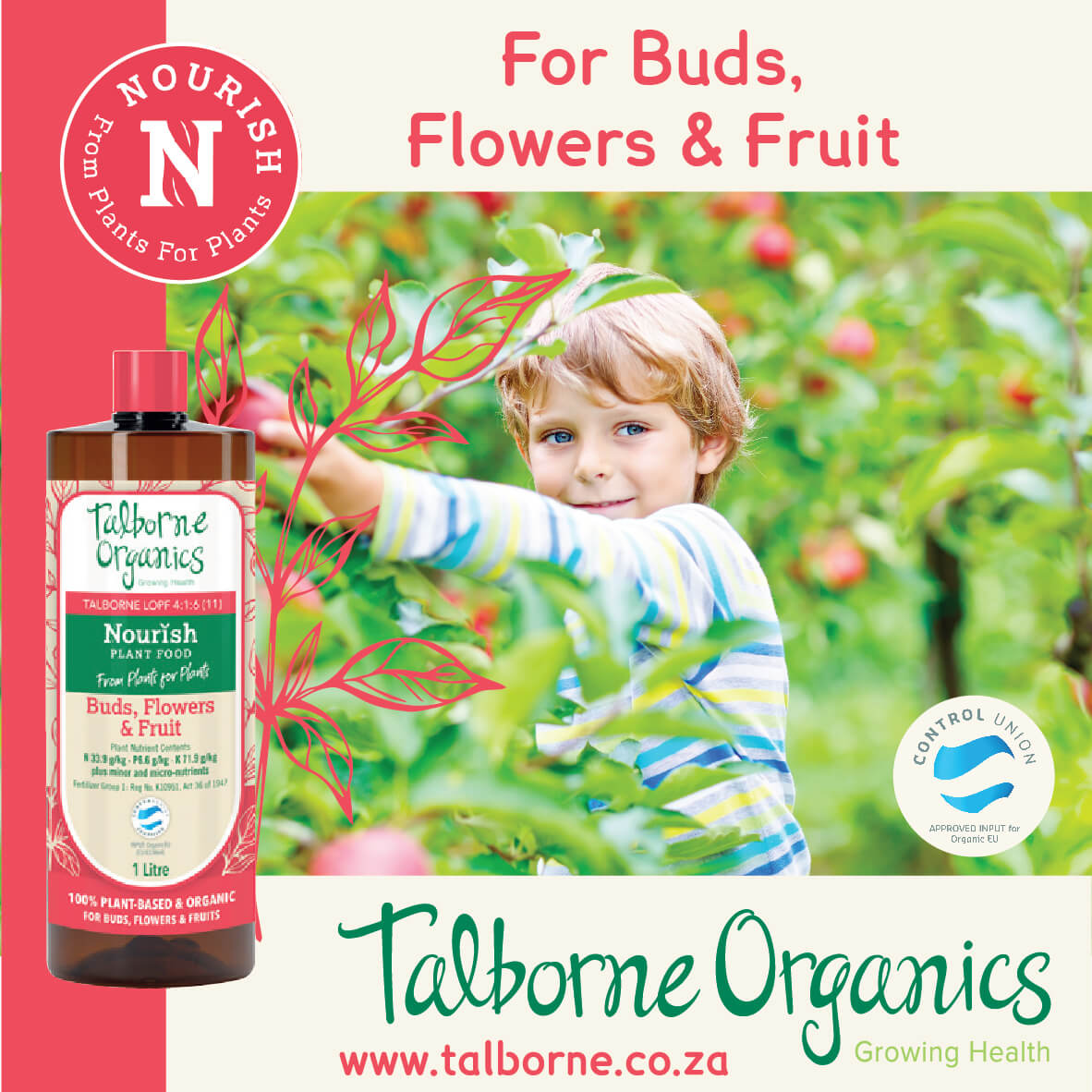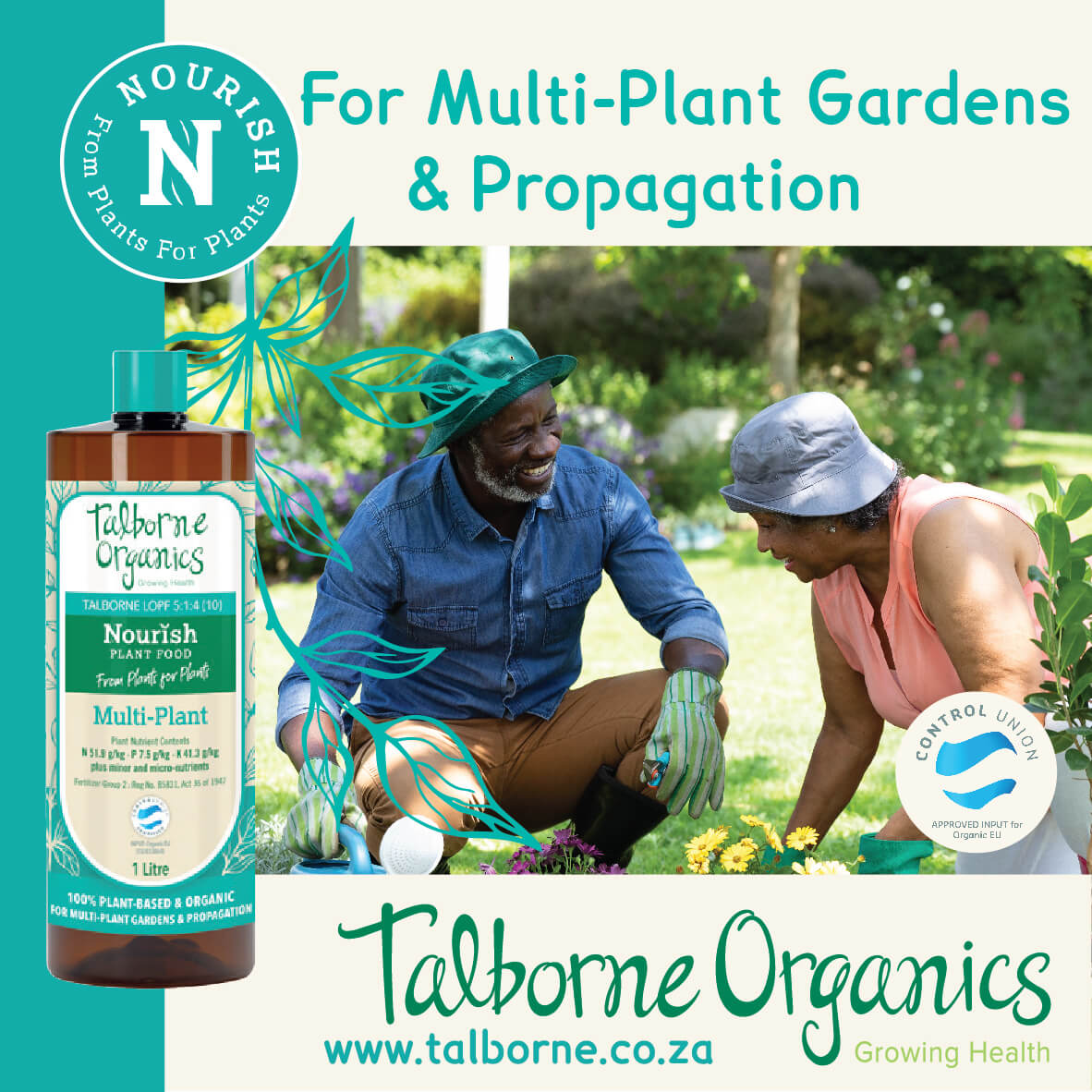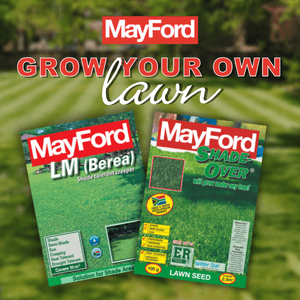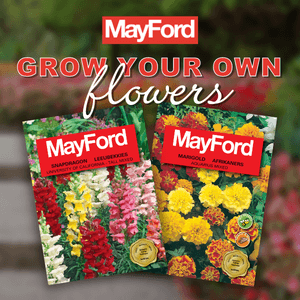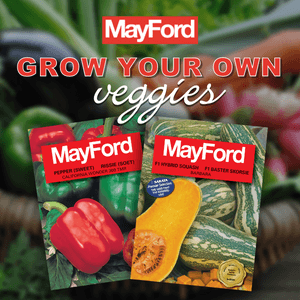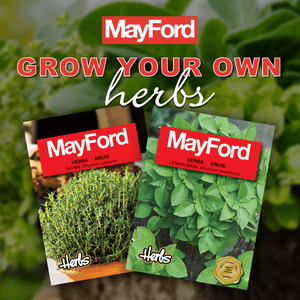| Botanical name | Solanum tuberosum |
|---|---|
| Plant Care |  Deciduous Deciduous – Sheds Its Leaves Annually  Full Sun Full Sun – Prefers 6 or more hours of sun per day.  Semi Frost Hardy Semi Frost Hardy – Is Able to Survive Moderately Low Temperatures.  Moderate Watering Moderate Watering – Requires Regular Watering.  Pruning Required Pruning Required – Needs to be Pruned.  Non Indigenous Non Indigenous – Exotic to South Africa. |
| Categories | |
| Common name(s) | Potatoes |
| Origin | |
| Planting instructions | Do not plant in soil where other members of the Solanum family (such as tomatoes, brinjals and sweet peppers) have recently been grown. The soil should be just moist when the tubers are planted. Plant tubers with the shoots, or eyes, pointing upwards; space them 300mm apart in rows 600mm apart, and cover with 75mm soil. |
| Maintenance | Shoots should start to emerge after three to four weeks. As the tops grow, earth them up by drawing soil up around them so that by the time they are harvested, the plants are growing out of quite a mound of soil. Water regularly until the tops start to turn yellow, indicating that the tubers are maturing, then gradually reduce the amount of water given. Dig in well-rotted compost and/or manure during winter if possible. |
| Soil conditions | Do not plant in soil where other members of the Solanum family (such as tomatoes, brinjals and sweet peppers) have recently been grown. Potatoes can be grown in most soils, other than heavy clay. |
| Uses | Potatoes go well with just about any dish and can be prepared in many different ways. |
| Interesting planting ideas | Potatoes do well planted near beans, green peppers, horseradish, marigolds, mealies, mustard, peas and strawberries. Planted in proximity, it will keep companions from beetle and aphid attacks. Don't plant potatoes near Pumpkins, raspberries, sunflowers and tomatoes, as they dislike each other and stunt one another's growth. |
| Interesting info | It is best to buy certified seed potatoes which should be free of nematodes (eelworm), late blight, viral diseases and tuber moth. Potatoes are warm season plants and will be damaged by frost. |
| Common pests and diseases | Cutworms, leaf beetles, tuber moth, snails, slugs. Early and late blight in warm, humid weather conditions. |
| Harvest | Tubers are ready when the plants begin to die and the skins of the tubers do not come off readily. Push a garden fork into the ground vertically, some distance away from the plant, lift the entire plant, then drop it back onto the ground and remove the tubers. After clearing the ground of tubers, dig it over again for any tubers you might have missed. Do not leave the tubers lying in the sun as they quickly become green and should not then be eaten. New or baby potatoes are simply harvested early, while they are still small. |
| Yield | Thirty plants should be enough to feed a family of four. |
Solanum tuberosum (Potatoes)
- Botanical name: Solanum tuberosum
- Common name(s): Potatoes
- Categories: Fruits and Vegetables
Plant description:
Potatoes can be grown in most soils, other than heavy clay. Dig in well-rotted compost and/or manure during winter if possible. Do not plant in soil where other members of the Solanum family (such as tomatoes, brinjals and sweet peppers) have recently been grown. Potatotes are warmseason plants and will be damaged by frost.
Family: Solanaceae
Botanical Pronunciation: so-LAY-num too-bur-OH-sum;
Solanum tuberosum requirements and features
info on these icons
Moderate Maintenance
Requires moderate maintenance.
Prohibited Use Notice: No Data Scraping Allowed Except for Search Engine Indexing:
The content provided on PlantInfo.co.za is intended for personal, non-commercial use only. Unauthorized extraction, reproduction, or use of the data, including scraping, for any purpose other than search engine indexing is strictly prohibited. Violations of these terms may result in legal action. By accessing and using this website, you agree to comply with these conditions and acknowledge the legal restrictions on the use of our content.
